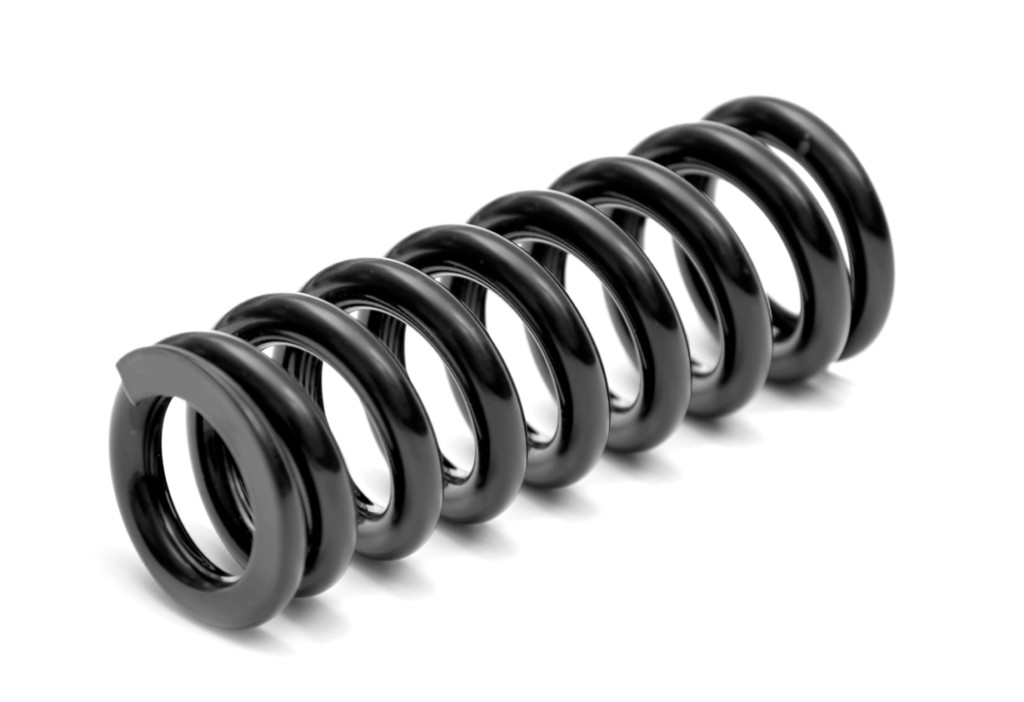Compression springs serve pivotal roles across various industries, absorbing shock, storing energy, and maintaining force between surfaces. Let’s delve into the world of compression springs, uncovering their functionality, applications, and design variations.
What Are Compression Springs?
Compression springs, helical springs resisting compressive forces when axially applied, store mechanical energy when compressed. They typically consist of round wire and return to their original length after compression, making them invaluable for controlled force applications.
Functionality and Applications
Compression springs primarily store mechanical energy when compressed, absorbing force and releasing it upon load removal. They find extensive use in shock absorption applications like automotive suspensions, industrial machinery, and aerospace systems. Additionally, they’re vital for mechanisms requiring controlled force, such as valves, switches, and electrical contacts.
Design Variations
Compression springs come in a variety of designs to suit different applications and requirements. The most common variations include:
- Straight Coil Springs: These springs have a uniform coil diameter and pitch throughout their length, making them simple and cost-effective.
- Tapered Springs: Tapered compression springs feature coils with a decreasing diameter along their length, allowing for a progressive increase in load resistance.
- Conical Springs: Conical compression springs have a cone-shaped design, providing a solid height and greater stability under compression.
- Barrel Springs: Barrel-shaped compression springs have a larger diameter in the middle, providing higher load capacity and greater deflection than straight coil springs.
- Hourglass Springs: Hourglass compression springs feature a smaller diameter at the center, offering increased flexibility and reduced solid height compared to straight coil springs.
Choosing the Right Compression Spring
Engineers carefully consider factors like load requirements, operating environment, and space constraints when selecting compression springs. Parameters such as wire diameter, coil diameter, free length, and material properties are crucial for optimal performance and longevity.
Conclusion
Compression springs are versatile components pivotal in various industries and applications. Understanding their functionality, design variations, and selection criteria is essential for engineers and designers. By leveraging compression springs’ power, manufacturers can enhance mechanical systems’ performance, reliability, and efficiency.

